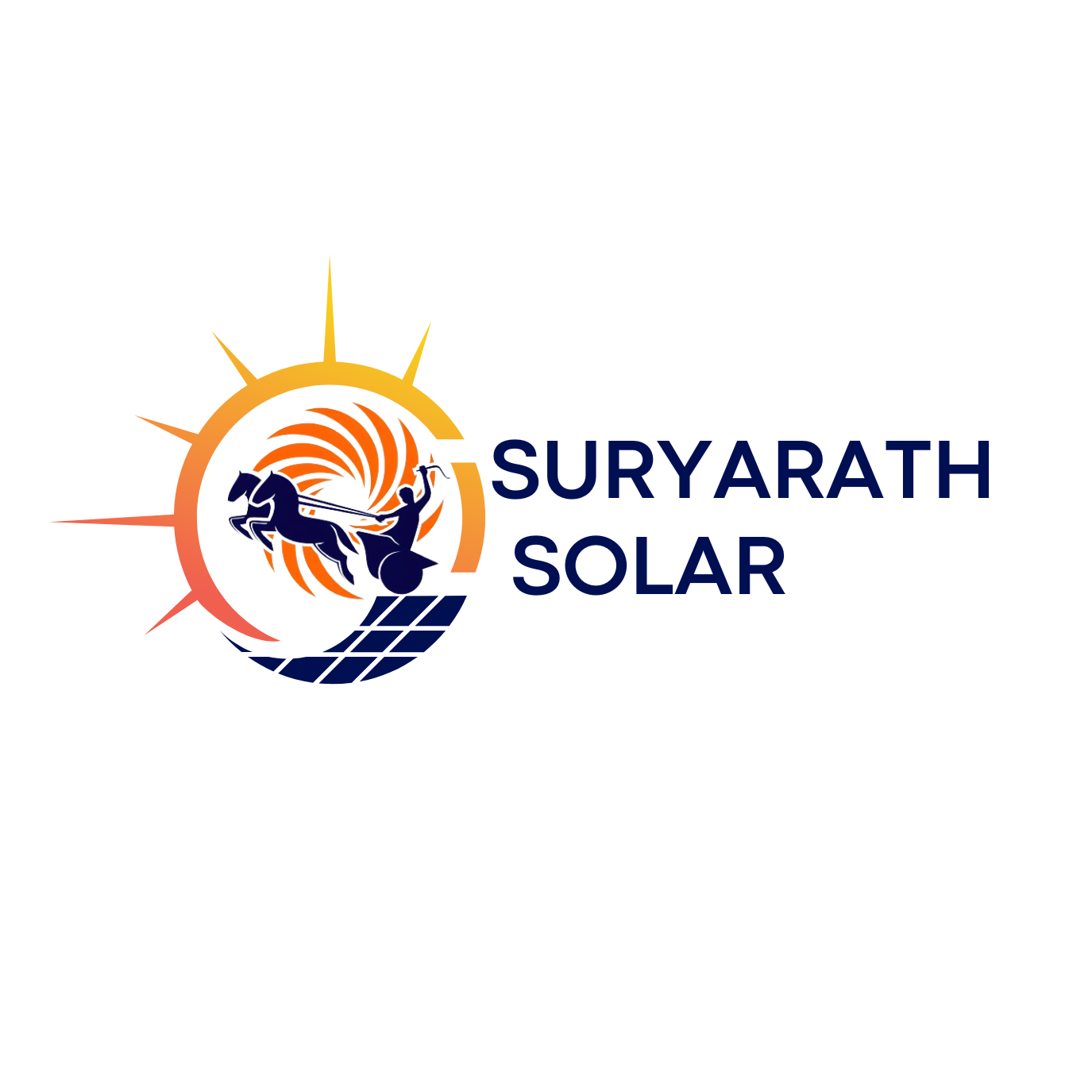
On grid
1 KW solar system generates 4 to 5 units per day.
1 KW solar system requires 100 Sq.ft. area.
No battery is required so no maintenance and replacement cost.
In case of grid failure solar system works with DG set also.
System is designed as per the budget and area available.
System can be remotely monitored and controlled from
Anywhere, Anytime.
The Payback period is about 3 to 5 years.
Suitable for Residential, Commercial and Industrial Establishments.
Accelerated tax depreciation benefit for commercial industrial customers.

Components of On-Grid Solar Systems:
Solar Panels: The heart of any solar system, photovoltaic (PV) panels convert sunlight into electricity through the photovoltaic effect. These panels are typically installed on rooftops or open land areas to maximize solar exposure.
Inverter: On-grid solar systems require inverters to convert the direct current (DC) generated by solar panels into alternating current (AC) compatible with the grid and household appliances. Inverters also synchronize the system with the grid and ensure seamless energy flow.
Metering and Monitoring Equipment: To accurately measure energy production and consumption, on-grid systems incorporate metering and monitoring devices. Net metering allows users to track the amount of electricity they consume from and export to the grid, facilitating billing and performance analysis.
Conclusion:
On-grid solar systems represent a paradigm shift in the way we harness and utilize solar energy. With their ability to integrate seamlessly with the existing grid infrastructure, these systems offer a practical and sustainable solution to our energy needs. As we strive towards a cleaner, more resilient energy future, on-grid solar emerges as a cornerstone of our collective efforts to build a brighter tomorrow.
